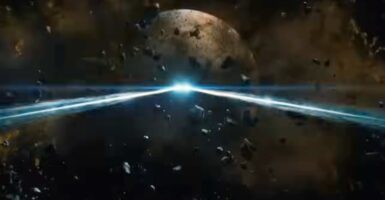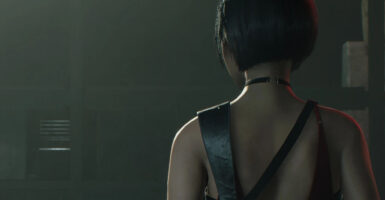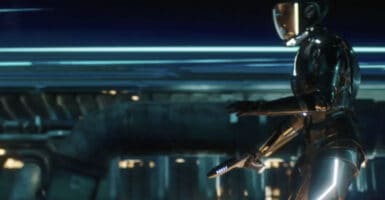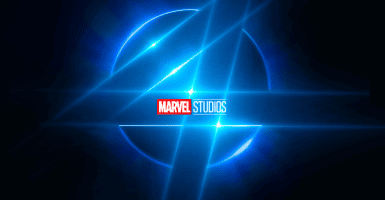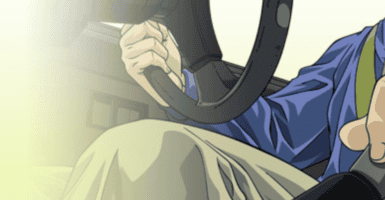Pink Floyd Contest Won By AI, Controversy Takes Over Beloved Fan Art Event
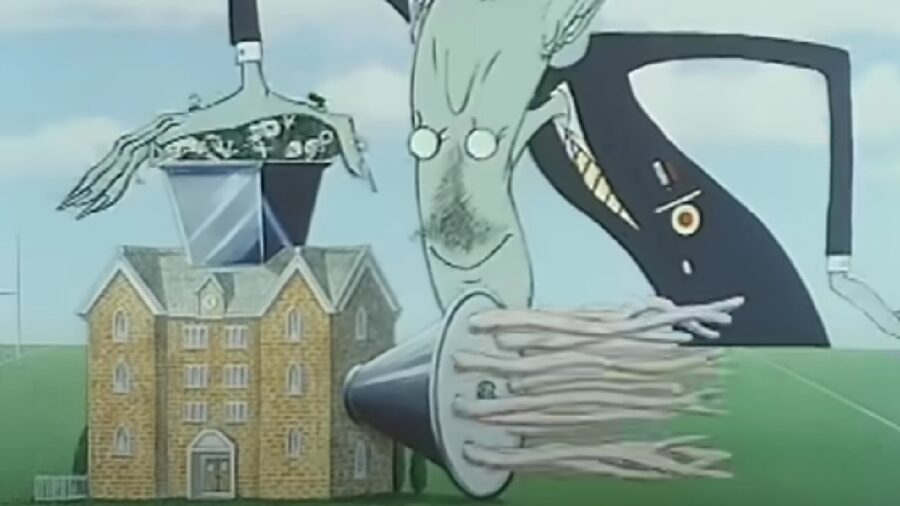
Controversy has surrounded the Pink Floyd animation contest, a celebration of the 50th anniversary of the album Dark Side of the Moon. The contest’s main purpose was to pay tribute to Pink Floyd’s long-standing tradition of incorporating animation into their work. However, it devolved into a Pink Floyd AI controversy.
900 Fan Submissions

The competition received numerous submissions from across the globe, a testament to Pink Floyd’s influence. More than 900 submissions were reviewed. Through a strenuous selection process, the pool of entries was gradually whittled down to ten.
The panel, one which seemingly ought to be able to distinguish between an actual man-made entry and a Pink Floyd AI tribute, was a who’s who of distinguished filmmakers. It included Gerald Scarfe, who hand-drew animation for Pink Floyd’s classic movie, Another Brick in the Wall, director and Monty Python alum Terry Gilliam, director Anton Crobijn, and others.
Locally Sourced AI
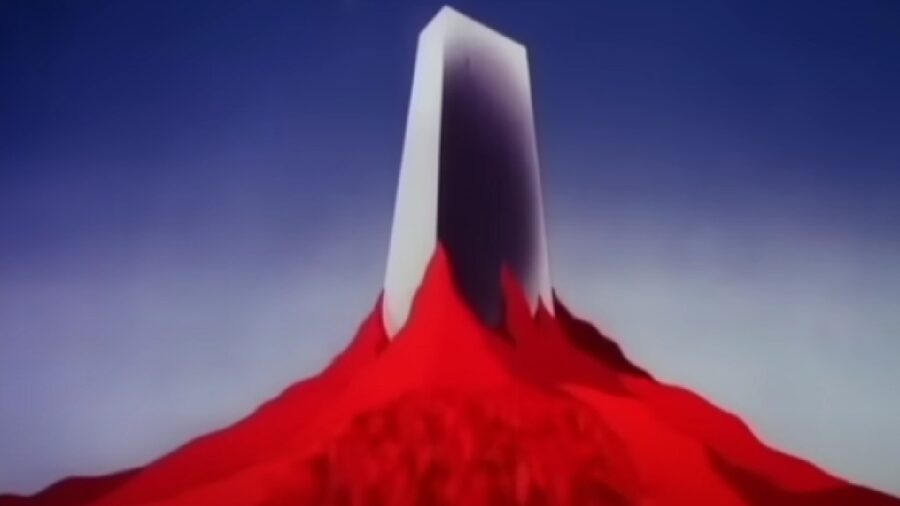
An entry by Damián Gaume, recognized for reflecting the album’s themes, emerged as the contest winner. The animation weaves a narrative of transformation and discovery, using visuals to interpret the music’s message. However, it quickly became the center of a Pink Floyd AI controversy.
It turns out Gaume used “locally sourced AI” to create his animation. This discovery led to public backlash, with many fans believing that Pink Floyd’s AI art is less deserving of praise than the animations made by humans. Further complaints were felt that the selection of AI-made animation detracted from the genuineness of Pink Floyd as a band.
AI Debate Rages On
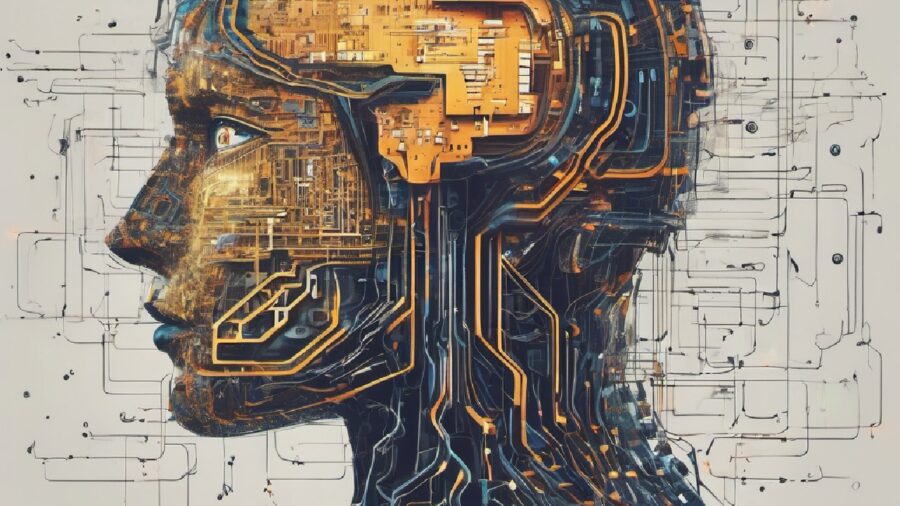
The potential of AI opening avenues for creativity was balanced with questions about the essence of human artistic expression. Yet, it is not without controversy. This issue has triggered discussion about the implications of AI in art and its place in competitions such as these. As the Pink Floyd AI debate continues, it underscores the evolving intersection of technology and creativity in the modern world.
AI Lacks Human Emotion
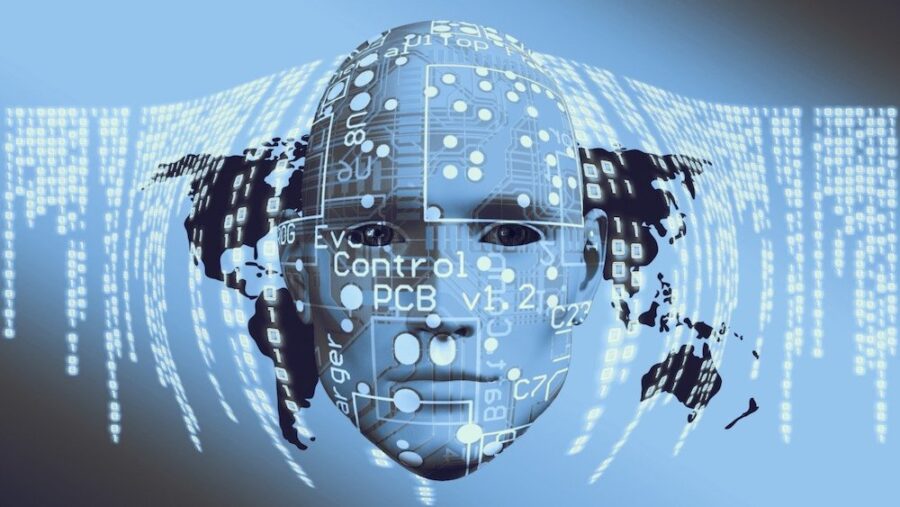
AI in art often generates debates. The primary focus of such debates is frequently the authenticity of the art produced. When artificial intelligence becomes the creator, questions arise regarding the role of human artists and their skill sets. The AI does not exhibit emotion or deep thought while creating art; it follows programmed algorithms.
This lack of emotive understanding and interpretation is a major concern for many in the art community. The Pink Floyd AI art controversy is yet another layer of this ongoing debate.
Replacing Human Artists?
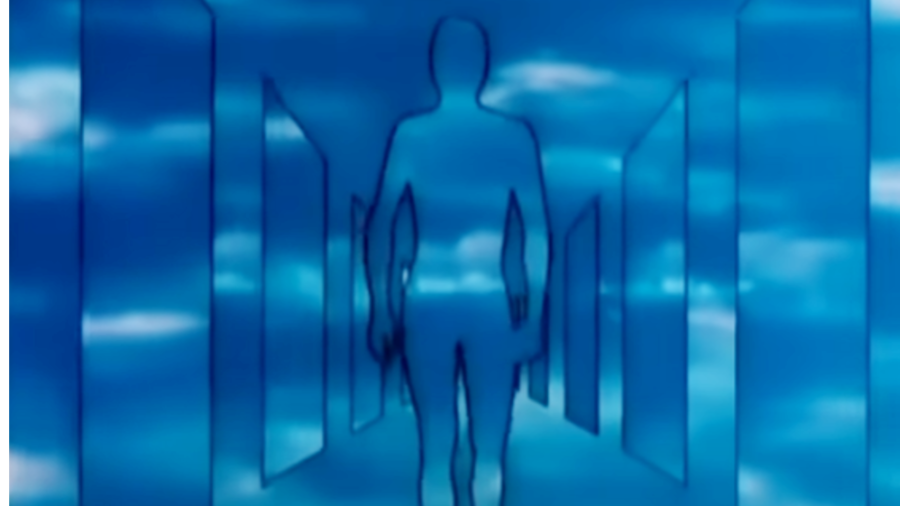
Critics argue that the use of AI devalues the originality and personal expression that comes with traditional art making. They worry that, in the end, it could replace human artists, leading to a loss of cultural significance and human touch in art.
Another key point raised in these discussions is the ownership of the art created by AI. Deciding who holds the rights to such art pieces is complicated. Is it the developer of the AI, the owner of the AI software, or the AI itself? This uncertainty contributes significantly to the controversy surrounding the use of AI in art. Perhaps a separate Pink Floyd AI animation contest would have alleviated some of the concerns.

